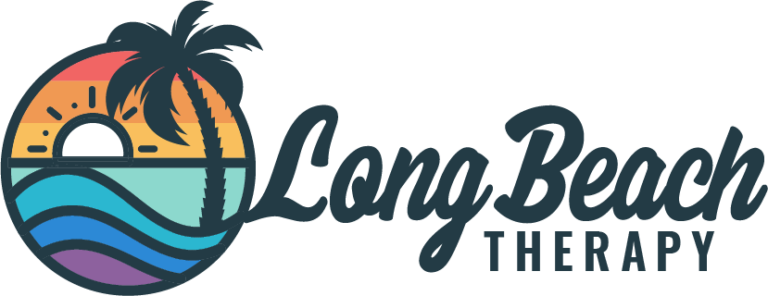Figuring Out and Coming to Terms with Your Sexuality
It wasn’t long ago that being gay was thought to be uncommon and most young people simply assumed themselves to be straight unless they had strong feelings otherwise. Today, there are so many high-profile people who are openly lesbian, gay, bisexual and transgender that young people, and even some adults, have started to be more honest about their own sexual identities.
If you have been questioning your sexual orientation, it’s important to understand just what sexual orientation is. At its most basic, sexual orientation refers to your primary attractions, both emotional and physical.
Notice that sexual orientation is about attraction, not behavior. People often act contrary to their nature, especially when (as has historically been the case regarding homosexuality) that nature is socially frowned upon. Many people have come out as lesbian or gay after many years of feeling forced (by society) to live as a heterosexual person, even having been in heterosexual marriages and having children.
It is important to note that fantasizing about, or even engaging in same sex behavior does not necessarily mean you are gay or bisexual, nor does experiencing a passing or casual attraction to someone of the same gender. Sexual orientation is about your primary attractions, not fantasies, experimentation, behaviors, or passing attractions. It’s also important to realize that your attractions may be fluid, or may change over time.
If you still aren’t sure, give it a little time and pay attention to your inner leanings. There is no reason to rush into making a declaration (either to yourself or to anyone else) about your sexual orientation. Notice who catches your eye and who stirs up your emotions. Many people now identify as “pansexual”, which simply means that they don’t want to limit themselves in any aspect of identity or attraction.
Whatever conclusions you come to regarding your orientation, unless you are fully heterosexual, you may have some conflicting feelings. This mainly has to do with messages we receive through the media and society in general. This may be even stronger if you were raised in a religious family or if traditional gender roles were strongly emphasized.
The first thing to remember is that you do not choose your attractions any more than you do your favorite foods or favorite color. This is important to remember. You didn’t choose your sexual orientation and you cannot change it just by wanting to.
You will probably have a lot of questions, such as why you are the way you are, or what to do now. There are plenty of supportive websites and online forums that can offer some guidance. You might also check at your local library for books on the topic. If you prefer not to check out a book, you can usually find a quiet corner to sit and read.
To find a supportive group of people, look for a local LGBTQ community center or your nearest PFLAG Chapter.
If you were raised in the church and you are concerned about losing that connection, there are many churches that focus on ministering to and supporting those in the LGBTQ community.
If you are in a small town and do not have any of these resources nearby, you can contact your nearest college or university. Most campuses have at least one LGBTQ-affirming counselor on staff or can refer you to someone. You can also look at finding a therapist who is LGBTQ friendly.
Although Long Beach is pretty gay friendly and is fairly easy to find these resources, other cities throughout California are not as welcoming. I encourage you to call to make a phone/skype session, even if you are not in Long Beach. If you are in Long Beach, feel free to call me to set up an appointment so that you can explore your sexuality, sexual orientation, and/or gender orientation in a gay friendly zone.
